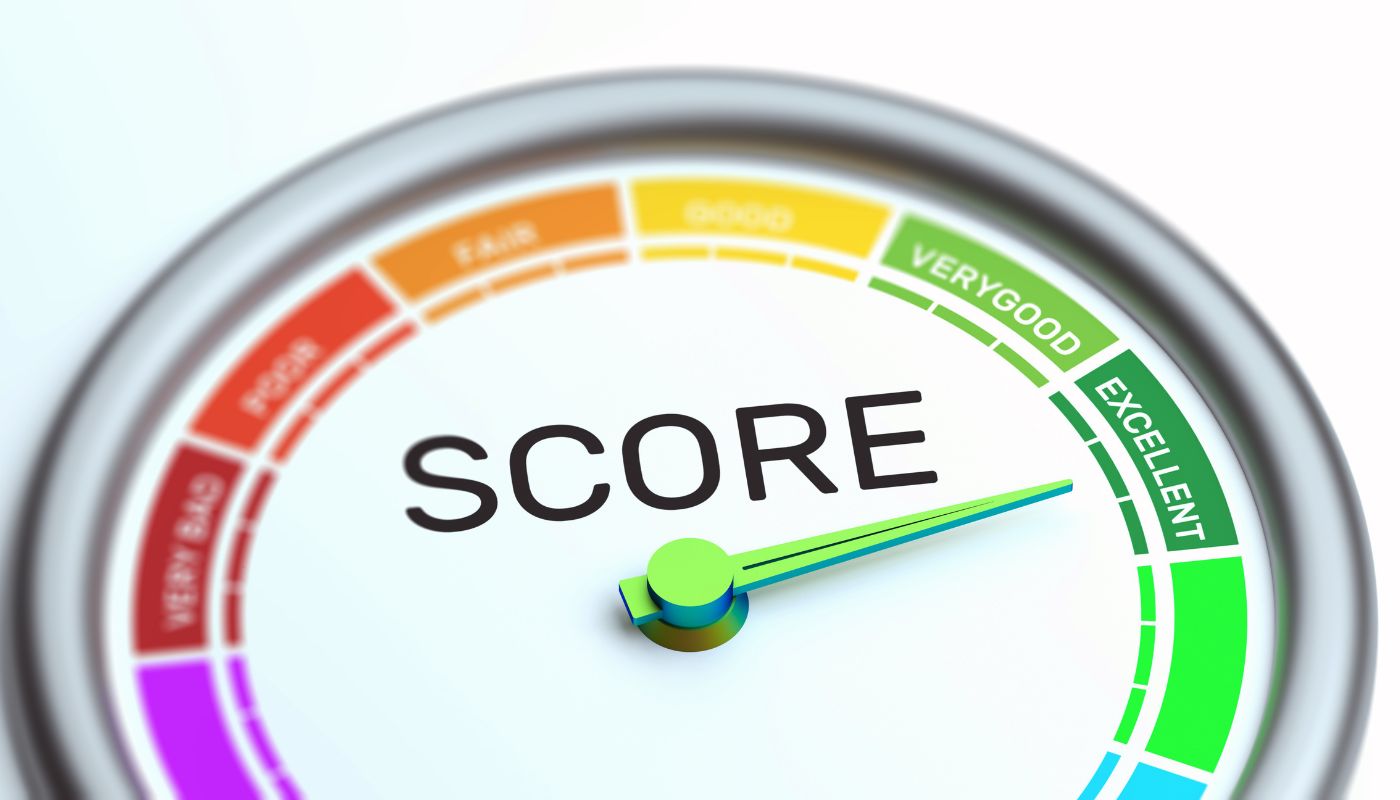 Are you in the market for a new home? If you plan on using mortgage financing to buy your next home you’ve likely heard the phrase “loan-to-value” or the acronym “LTV” before. Let’s take a quick look at the loan-to-value ratio including why it’s important, how to calculate it, and how it can affect your mortgage.
Are you in the market for a new home? If you plan on using mortgage financing to buy your next home you’ve likely heard the phrase “loan-to-value” or the acronym “LTV” before. Let’s take a quick look at the loan-to-value ratio including why it’s important, how to calculate it, and how it can affect your mortgage.
What is the Loan-to-Value or LTV Ratio?
In short, the LTV ratio is a number that compares how much money you owe against your home with its resale value in the marketplace. A low LTV ratio indicates that you have far more equity in your home than you owe in mortgage payments; conversely, a high LTV ratio indicates that you owe almost as much as your home is worth.
Why is the LTV Ratio Important?
Your LTV ratio is important for a number of reasons. First, your mortgage lender will use this figure as part of their risk calculation when they assess your financial suitability for your mortgage. If you’re only putting 5 percent of the purchase price in as a down payment you’ll have an LTV ratio of 95 percent, which is a more risky loan than one with an LTV ratio of 30 percent and thus will almost certainly come with a higher interest rate.
While the LTV ratio might seem simple, this number can affect your mortgage in a variety of ways. Contact your local mortgage advisor today to learn more about the LTV ratio and to have your questions answered by an experienced professional.
 Many mortgage payments are made up of four parts, called PITI. PITI is an acronym that stands for principal, interest, tax, and insurance. It’s important to understand PITI because it is the real number you need to use in order to find out how much mortgage you can afford to pay each month.
Many mortgage payments are made up of four parts, called PITI. PITI is an acronym that stands for principal, interest, tax, and insurance. It’s important to understand PITI because it is the real number you need to use in order to find out how much mortgage you can afford to pay each month. If you’re worried about your bad credit, you’ll want to do everything in your power to improve your rating as quickly as possible – especially if you have a major purchase coming up. Improving your credit rating can give you access to better interest rates on mortgages or even help you get that job you’re after.
If you’re worried about your bad credit, you’ll want to do everything in your power to improve your rating as quickly as possible – especially if you have a major purchase coming up. Improving your credit rating can give you access to better interest rates on mortgages or even help you get that job you’re after.